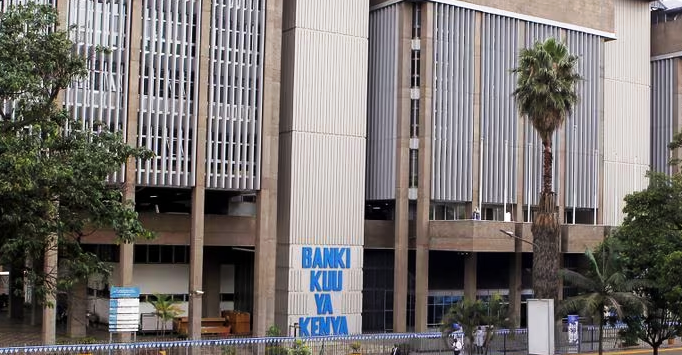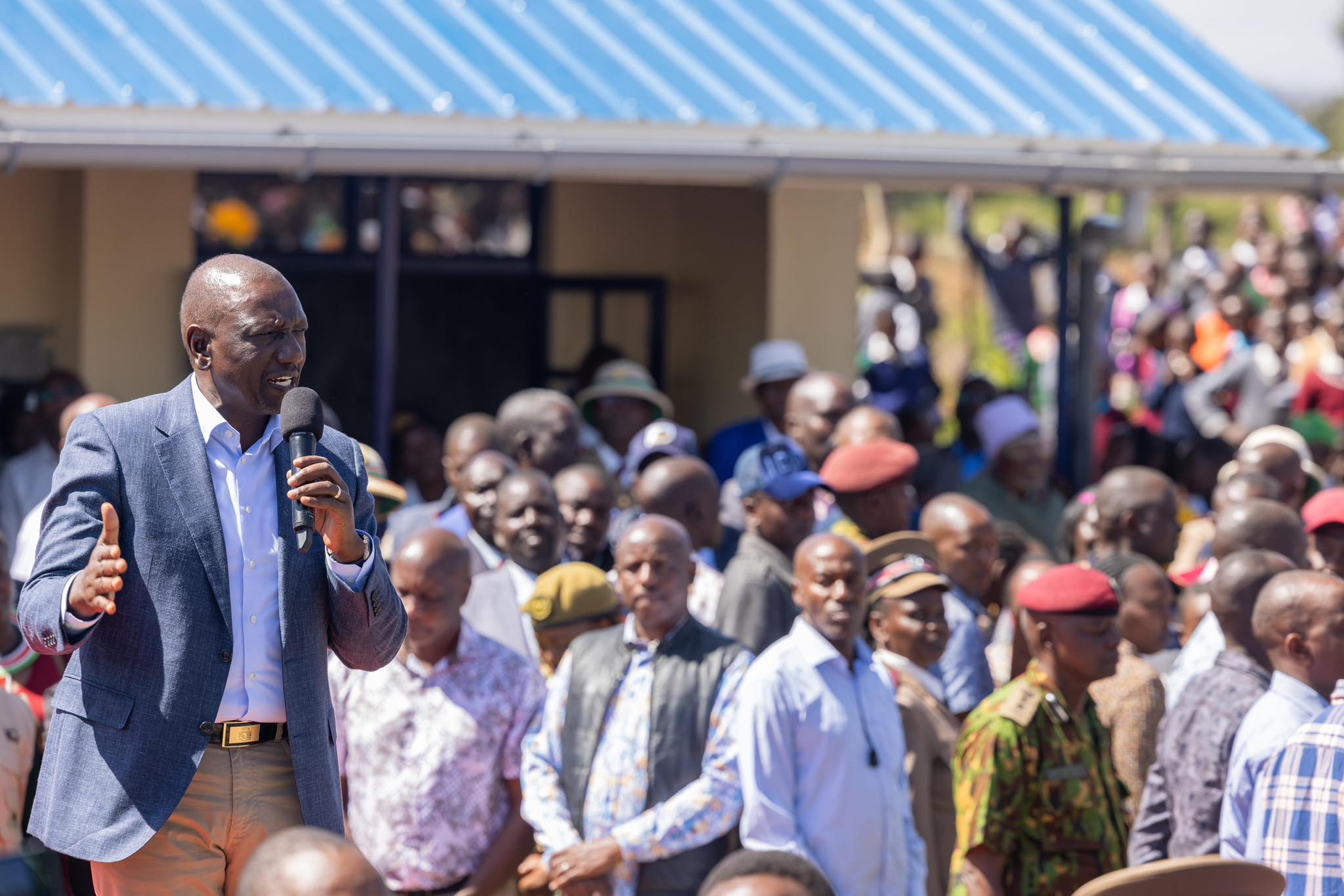The Kenya Bankers Association (KBA) Centre for Research on Financial Markets and Policy has, in a report, recommended that the Central Bank of Kenya (CBK) maintains its current lending rate of 10.5% ahead of the Monetary Policy Committee meeting on December 5, 2023.
KBA believes that the current monetary policy stance is reasonable given the macroeconomic developments and the risks associated with other policy actions.
They caution that raising interest rates further to manage potential inflationary pressures could increase credit risk in the market, leading to a continued decline in asset quality.
“The upcoming MPC meeting will face a challenging task of balancing various policy objectives to control inflation, support economic activity and maintain stability in the banking sector,” part of the report reads.
The report notes that while inflation increased in October, core inflation, which reflects demand pressures, slightly decreased from September. Food inflation also decreased, but fuel inflation continued to rise despite a drop in Murban Crude oil prices.
“The future inflation outlook will depend on global commodity prices, exchange rate depreciation, local fuel prices, and potential post-harvest losses due to El-Nino rains,” it said
It also highlights that the domestic economy’s growth momentum is slowing down in the latter part of the year compared to the strong growth of 5.4% in the second quarter, which was supported by the agriculture sector’s rebound of 7.7% due to favorable weather conditions.
According to the KBA report, leading economic indicators suggest a decline in economic activity in the latter half of the year, with business optimism and output contracting.
It says, between March and October 2023, CBK took measures to address the rising inflationary pressures by increasing the Central Bank Rate (CBR) by 150 basis points, a move that resulted in a significant rise in interbank market rates and lending rates within the banking sector.
As a result, the market experienced tighter liquidity conditions, with the interbank interest rate consistently hovering near its upper limit. To tackle this, the CBK infused liquidity to ease the pressure on interbank interest rates and stabilize them around the CBR, which serves as a signal for the appropriate monetary policy stance.
Private sector credit growth has slowed down due to rising interest rates and increased market credit risk, despite remaining strong at double digits. This has prompted banks to tighten credit standards further.
In August, private sector credit growth reached 12.6% up from 10.3% in July 2023. The manufacturing, transport, and communication sectors experienced significant growth rates of 19.6% and 24.9% respectively.
According to the report, the ratio of non-performing loans (NPL) to gross loans increased to 15.0% in August 2023, compared to 14.7% in July 2023 and 13.3% in December 2022. To address the rising NPLs, banks are expected to implement stricter credit standards moving forward.
By Amos Kerich
Get more stories from our website: Sacco Review.
For comments and clarifications, write to: Saccoreview@shrendpublishers.co.ke
Kindly follow us via our social media pages on Facebook: Sacco Review Newspaper for timely updates
Stay ahead of the pack! Grab the latest Sacco Review newspaper!



